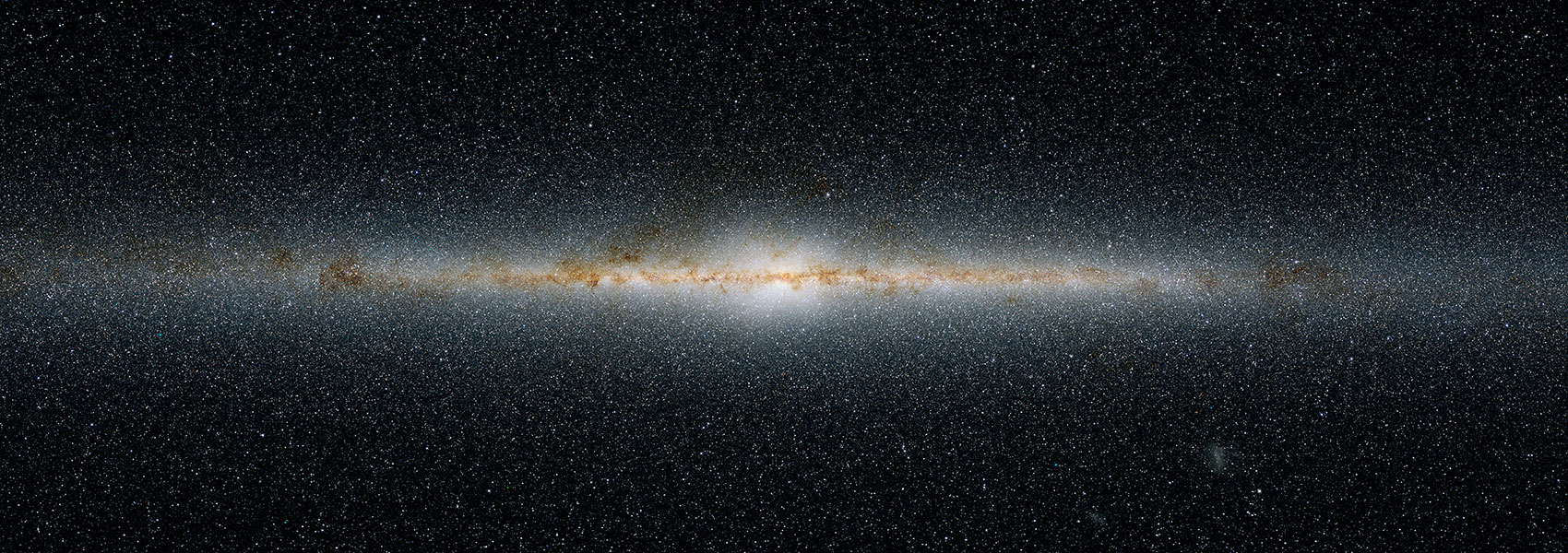February
2011
•
2011A&A...526L...2L
Authors
•
López-Sepulcre, A.
•
Walmsley, C. M.
•
Cesaroni, R.
•
Codella, C.
•
Schuller, F.
•
Bronfman, L.
•
Carey, S. J.
•
Menten, K. M.
•
Molinari, S.
•
Noriega-Crespo, A.
Abstract
•
Context. Some theoretical models propose that O-B stars form via accretion, in a similar fashion to low-mass stars. Jet-driven molecular outflows play an important role in this scenario, and their study can help to understand the process of high-mass star formation and the different evolutionary phases involved.
Aims: Observations towards low-mass protostars so far favour an evolutionary picture in which jets are always associated with Class 0 objects while more evolved Class I/II objects show less evidence of powerful jets. The present study aims at checking whether an analogous picture can be found in the high-mass case.
Methods: The IRAM 30-m telescope (Spain) has been used to perform single-pointing SiO(2-1) and (3-2) observations towards a sample of 57 high-mass molecular clumps in different evolutionary stages. Continuum data at different wavelengths, from mid-IR to 1.2 mm, have been gathered to build the spectral energy distributions of all the clumps and estimate their bolometric luminosities.
Results: SiO emission at high velocities, characteristic of molecular jets, is detected in 88% of our sources, a very high detection rate indicating that there is ongoing star formation activity in most of the sources of our sample. The SiO(2-1) luminosity drops with Lbol/M, which suggests that jet activity declines as time evolves. This represents the first clear evidence of a decrease of SiO outflow luminosity with time in a homogeneous sample of high-mass molecular clumps in different evolutionary stages. The SiO(3-2) to SiO(2-1) integrated intensity ratio shows only minor changes with evolutionary state.
Based on observations conducted with the IRAM 30-m telescope near Pico Veleta (Granada, Spain), and the Atacama Pathfinder Experiment (APEX) ESO project: 181.C-0885.. IRAM is supported by INSU/CNRS (France), MPG (Germany), and IGN (Spain). APEX is a collaboration between the Max-Planck-Institut für Radioastronomie, the European Southern Observatory, and the Onsala Space Observatory.Appendices are only available in electronic form at http://www.aanda.org
Links



